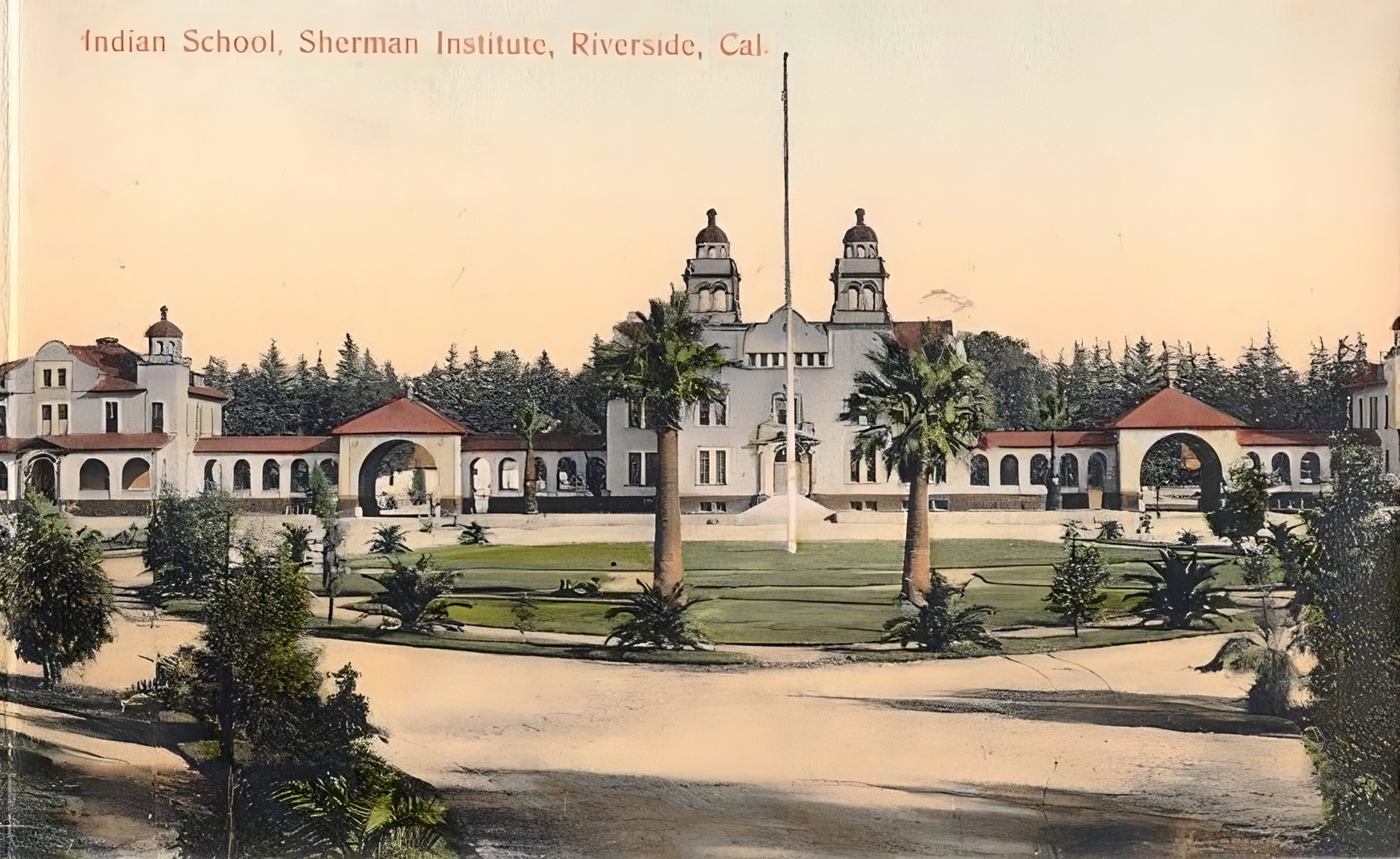

“Taking a Stand: Civil Liberties Then and Now ” offers secondary teachers and their students a way to make the issues of civil liberties and violations of civil liberties a part of their own experience. Rather than just reading about events in a book or online, a series of primary source lessons will allow students of the Inland Empire to discover that “history” and a denial of civil liberties is not something that happens “over there” but something that has taken place “in your own backyard.” When civil liberties are denied, individuals find they must “take a stand” and that can be difficult or even dangerous at times. In the United States, civil liberties are based on the First Amendment to the United States Constitution, just as the idea of “equality for all” is in the Declaration of Independence. This program introduces highlights the interaction between ethnic diversity and civil liberties: human dignity, immigrant inclusion, racial equity, smart justice, and indigenous rights. The modules and the accompanying website discuss ethnic groups identifying as persons of Asian ancestry, Hispanic ancestry, Native American ancestry, African ancestry, as well as gender-based discrimination. Case studies describe the experiences of each population to enhance contemporary discussions of civil liberties today and historical ethnic studies. Each of the five topics includes biographies and lesson plans, for classroom work and/or a field trip to local sites.